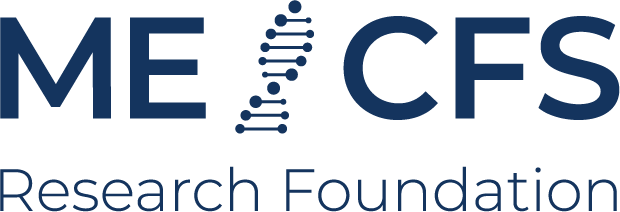Understanding Potential Infectious Triggers and Mitochondrial Dysfunction in ME/CFS
About
Links
Project description
ME/CFS is a multi-factorial disorder with many triggers. Mounting epidemiological evidence implicates the Human herpesvirus 6 (HHV-6) and HHV-7 as two highly probable infectious triggers for ME/CFS. Using a unique HHV-6 latent cell culture model, the investigators have recently observed several overlapping phenotypes as reported in ME/CFS patients. The most convincing phenotypes include fragmented mitochondria, induced 1-carbon metabolism, dUTPase, thymidylate synthase and decreased superoxide dismutase 2, mitochondrial oxidation of fatty acids, amino acids, and glucose metabolism via pyruvate dehydrogenase pathways. Moreover, adoptive transfer of virus reactivated cell supernatants as well as ME/CFS patient serum led to an antiviral state in A549 cells that prevented superinfection with Influenza-A and HSV-1.
Based on these findings, the investigators propose that various infections including HHV-6 reactivation in ME/CFS patients effectuates a multisystem, proinflammatory, cell danger response that protects the host cells against certain RNA and DNA virus infections but comes at the cost of mitochondrial fragmentation and severely compromised energy metabolism. As a continuation of their research, the investigators propose several different methodologies that will allow potential diagnostic tests for ME/CFS and potential drugs that can revert the mitochondrial dysfunction phenotype to be developed.
Description adapted from project website: see link above.
Patient cohort
Not available.
Patients enrolled: Not available
Age group: Not available
